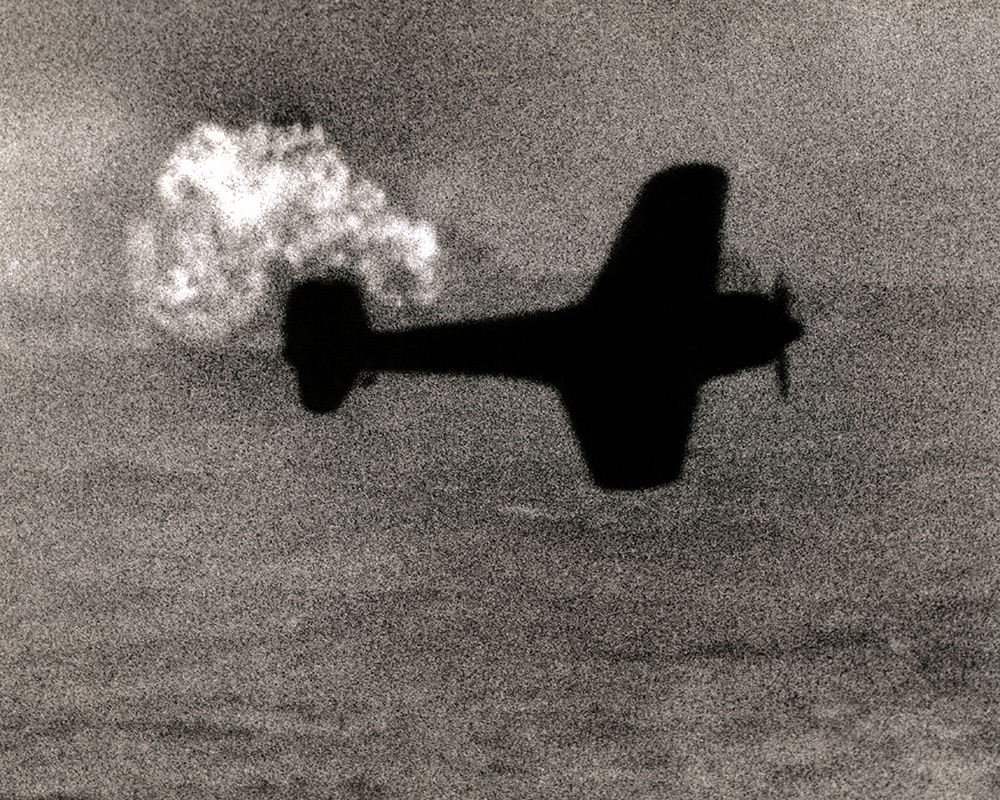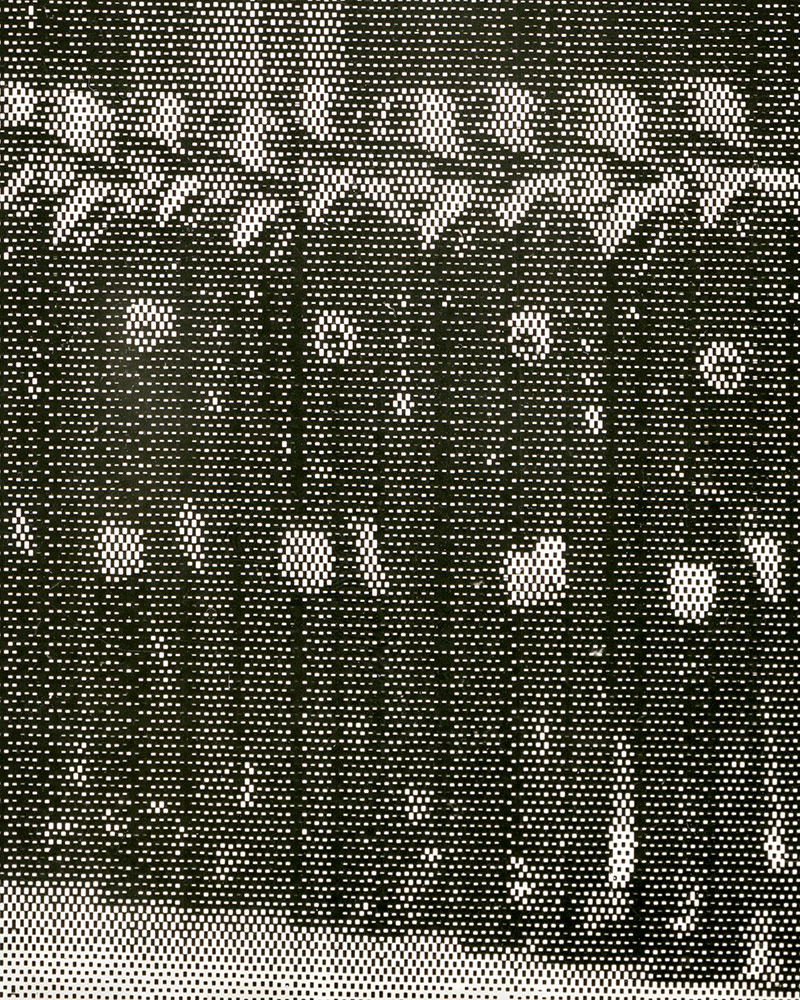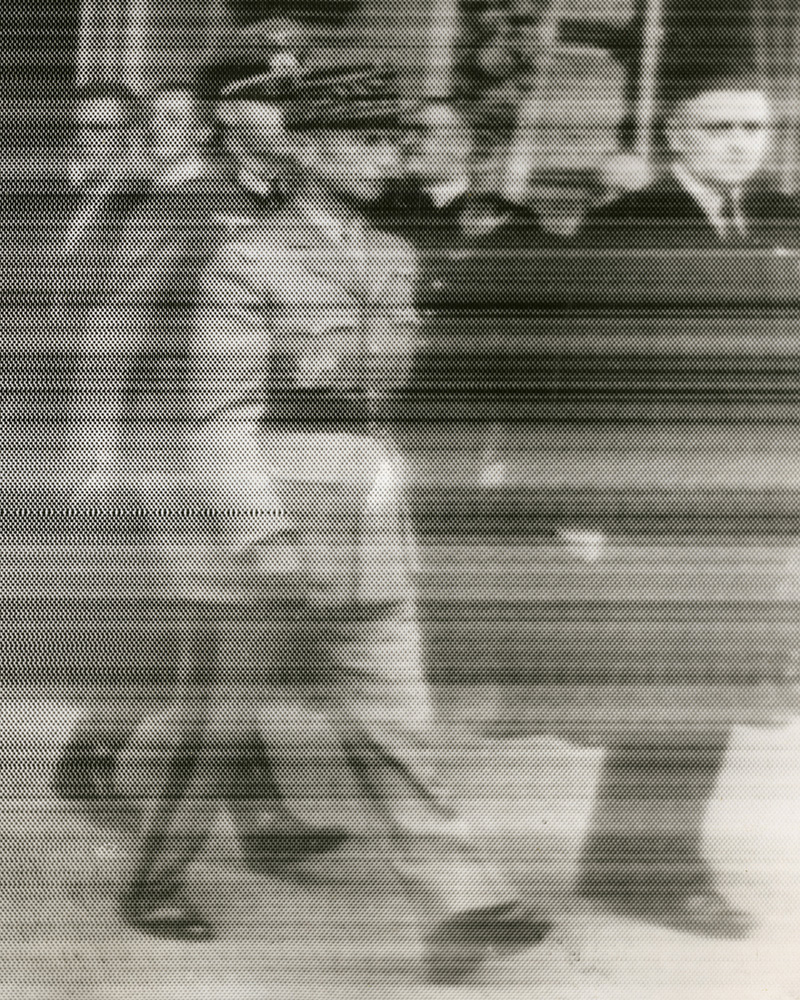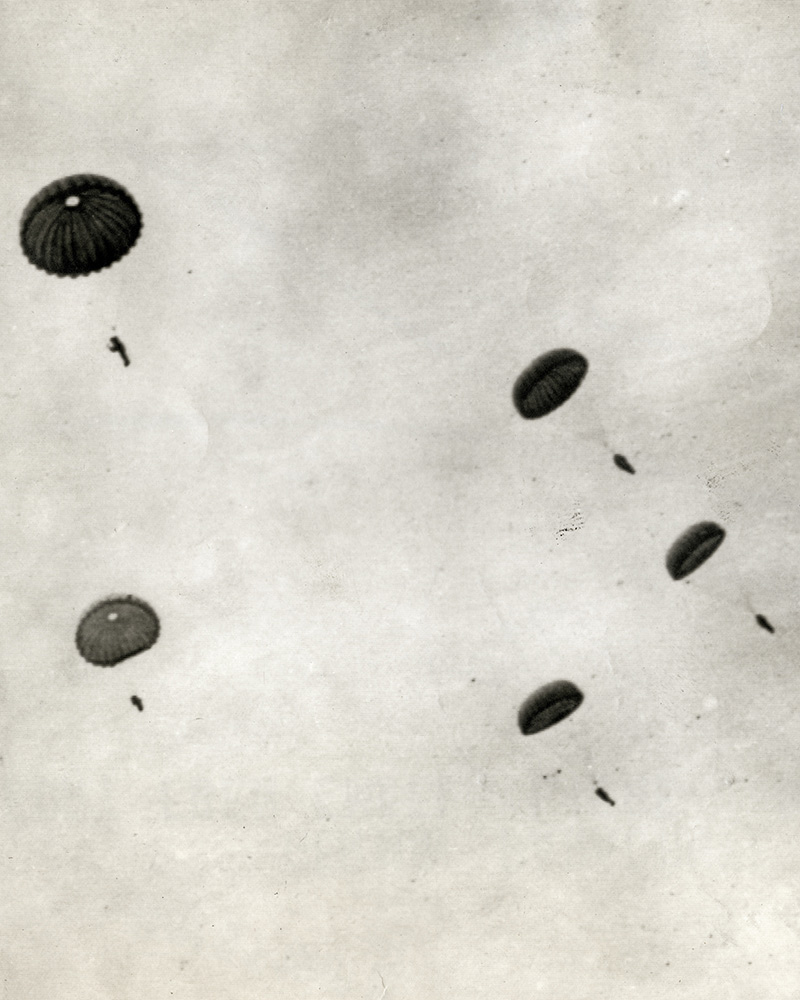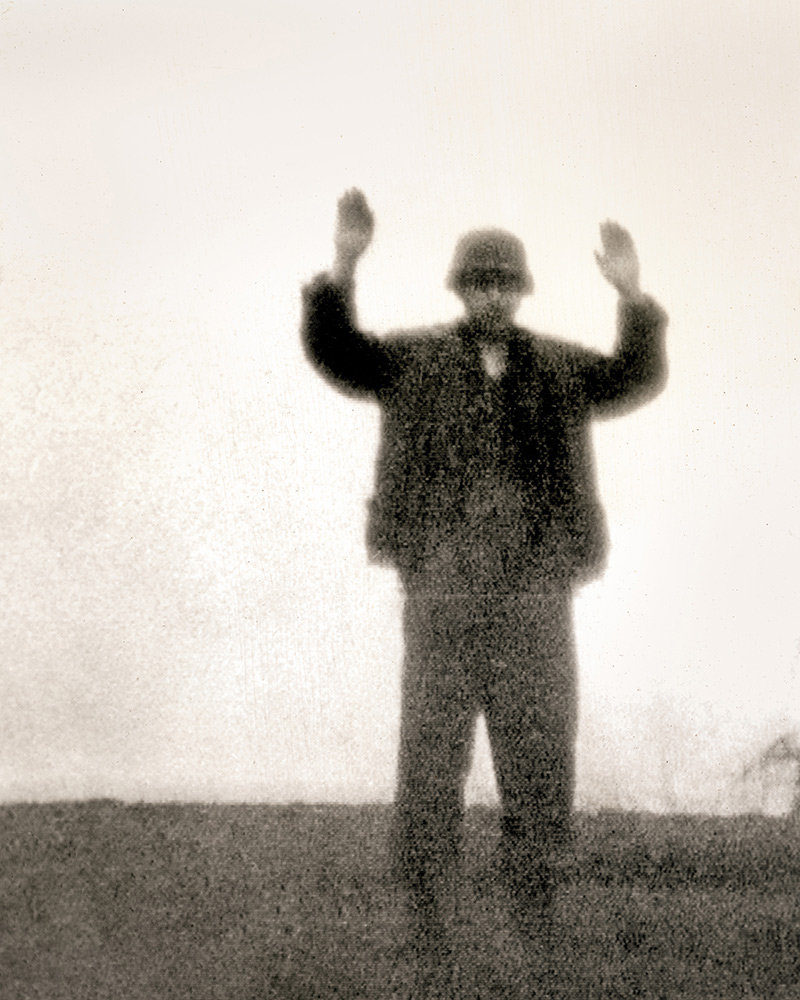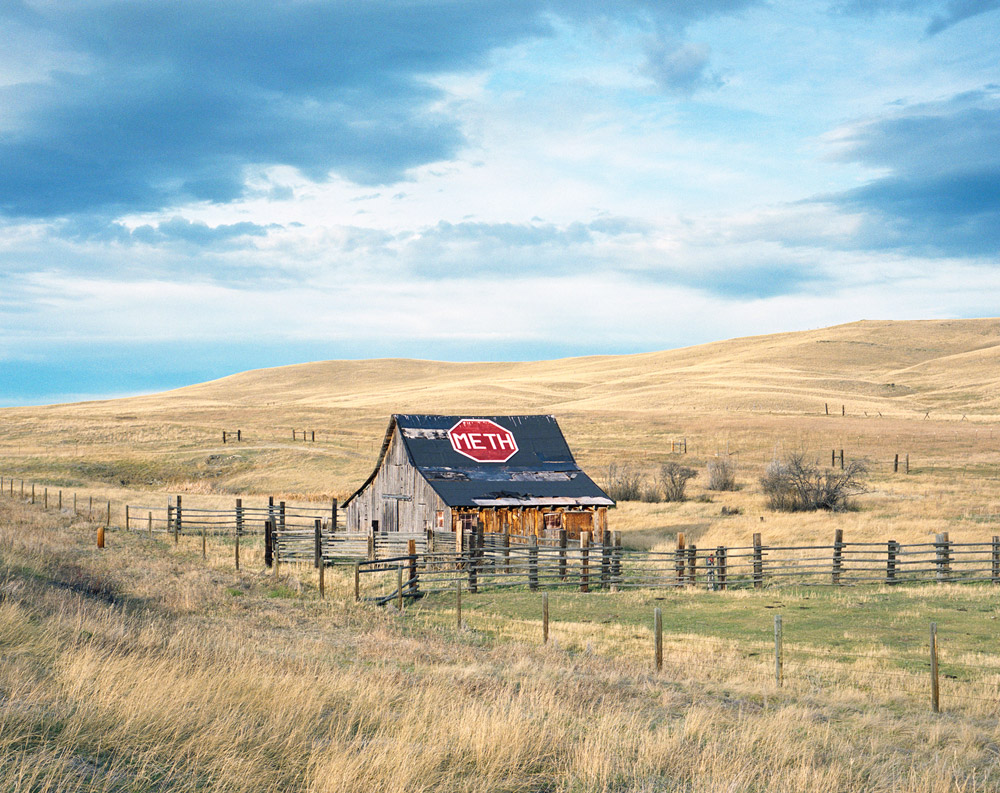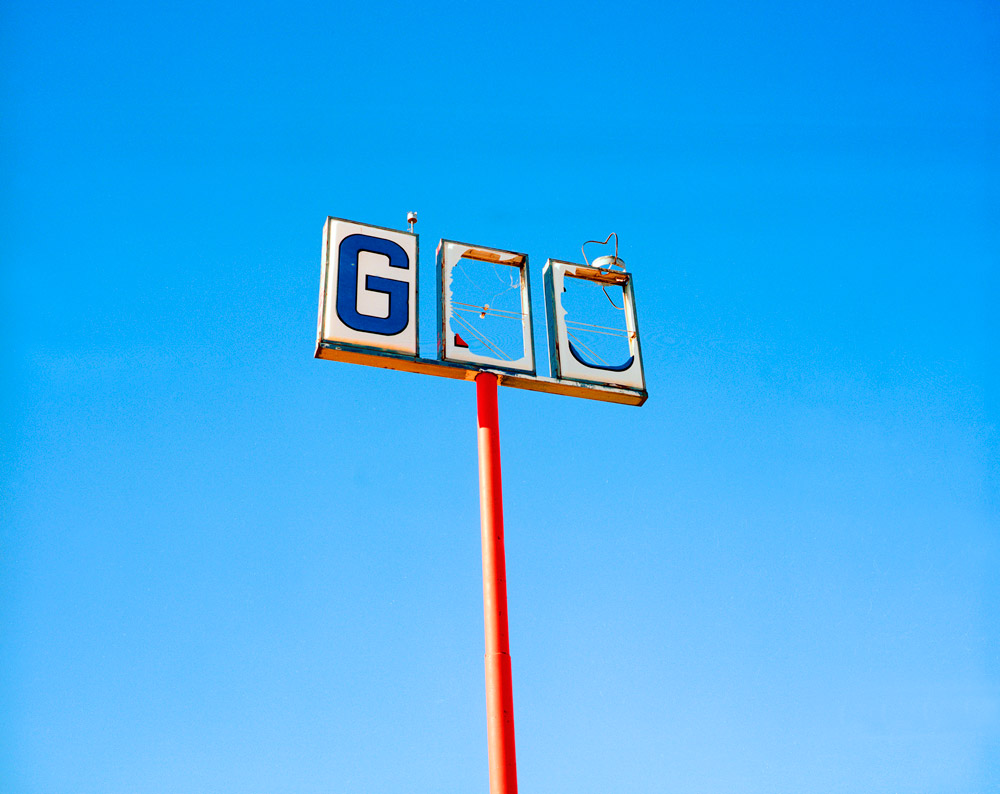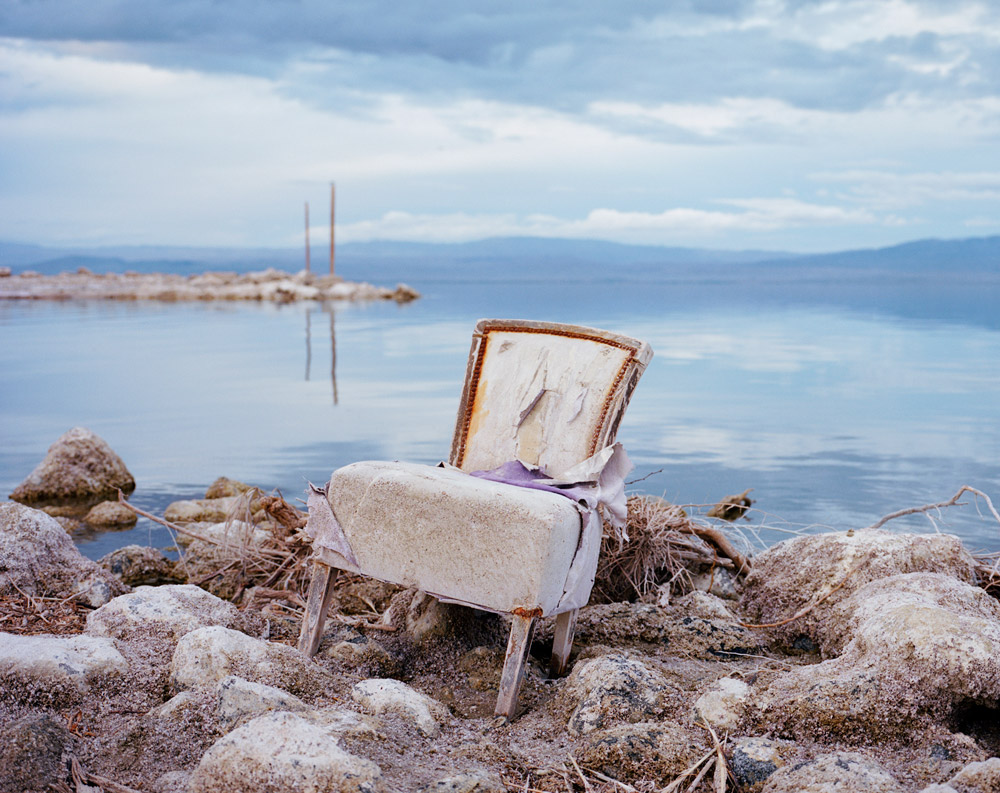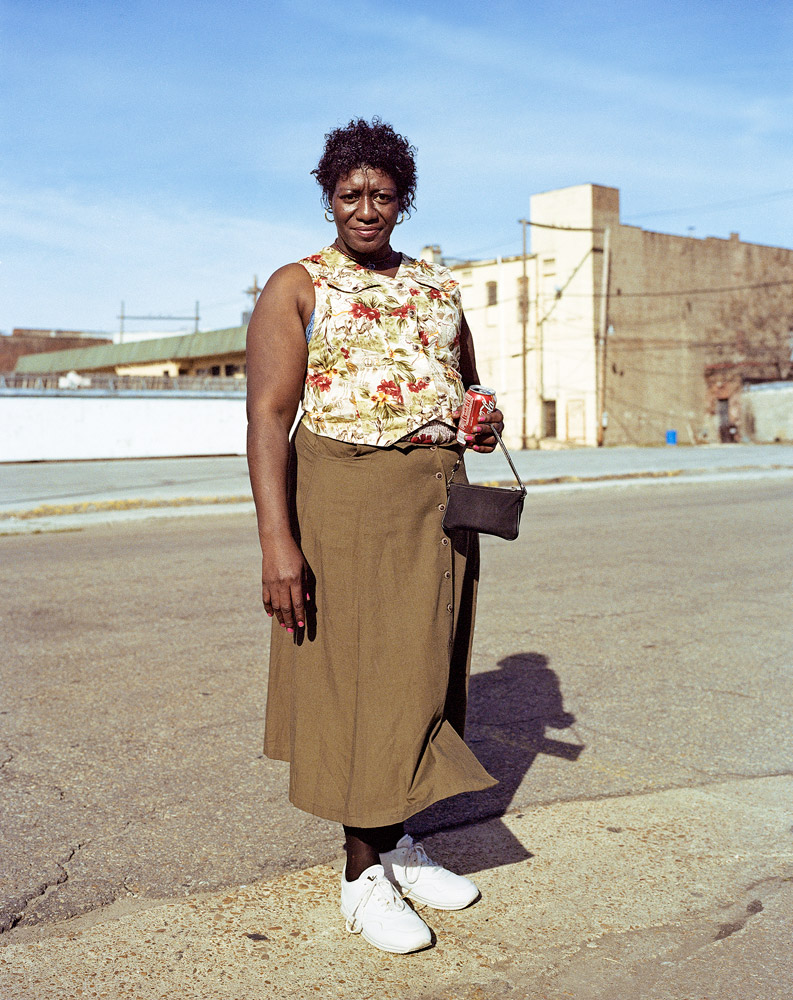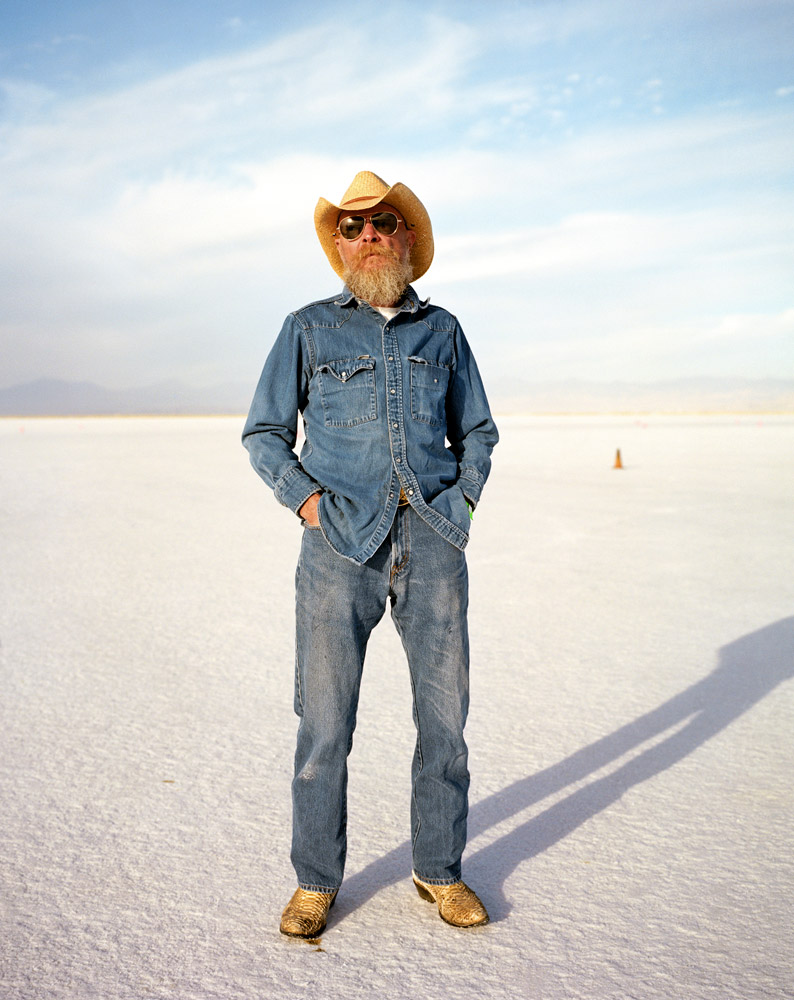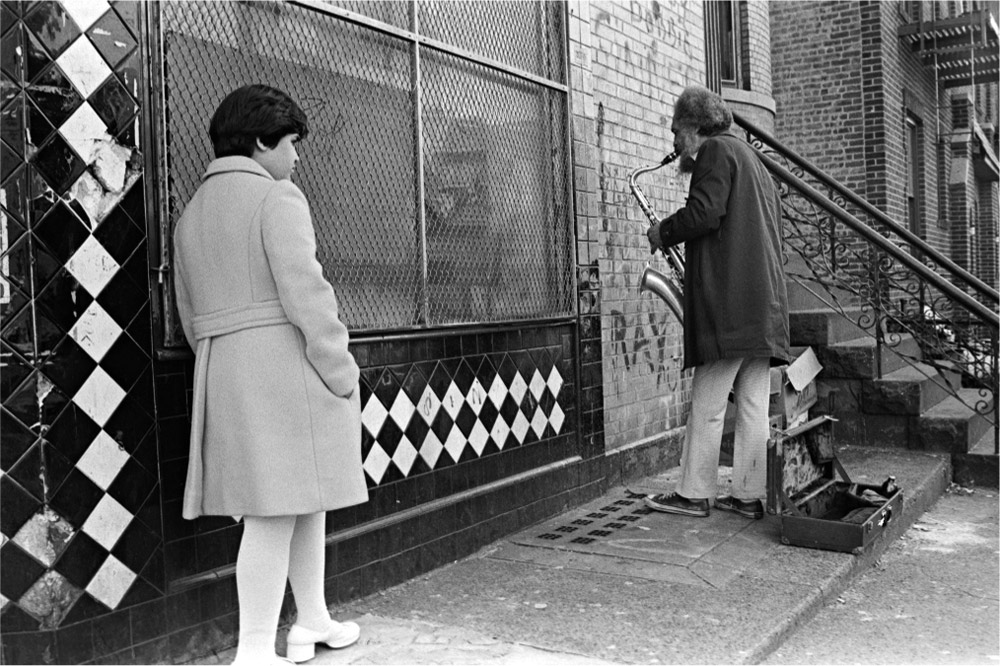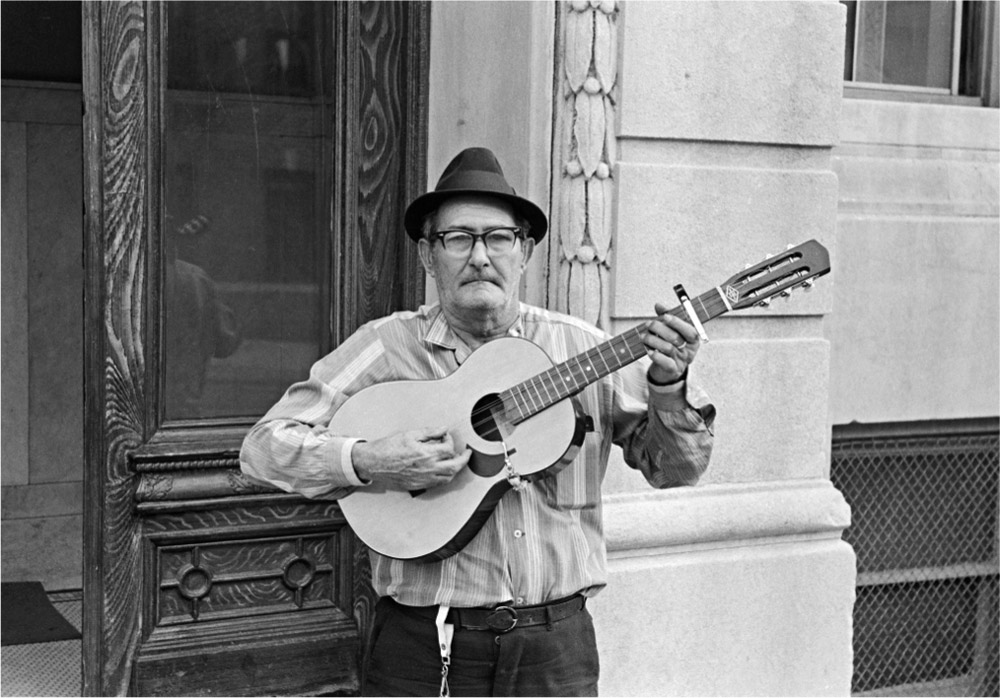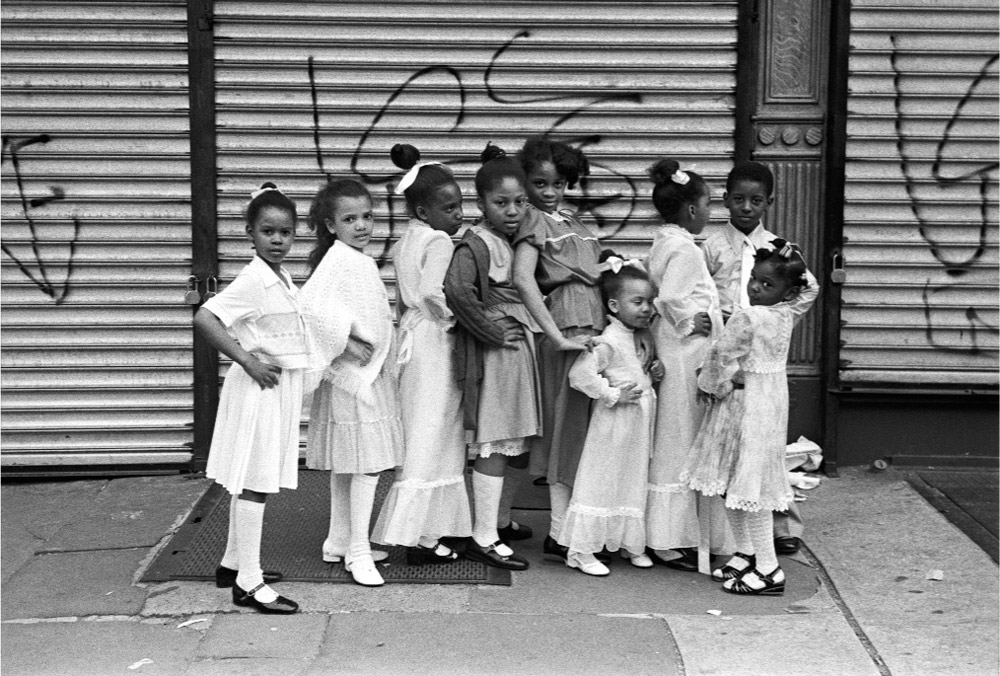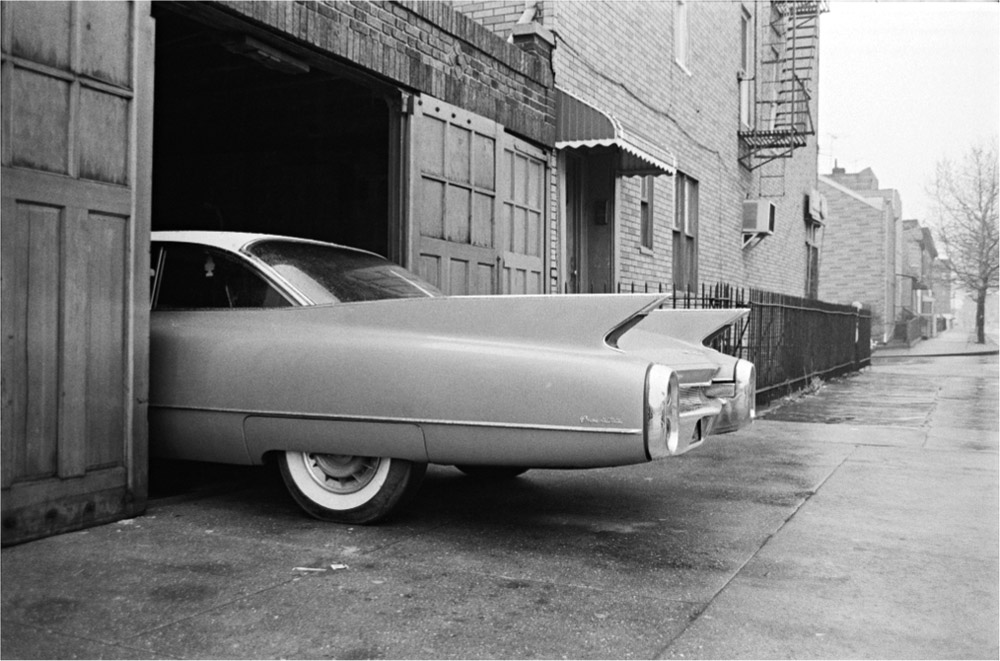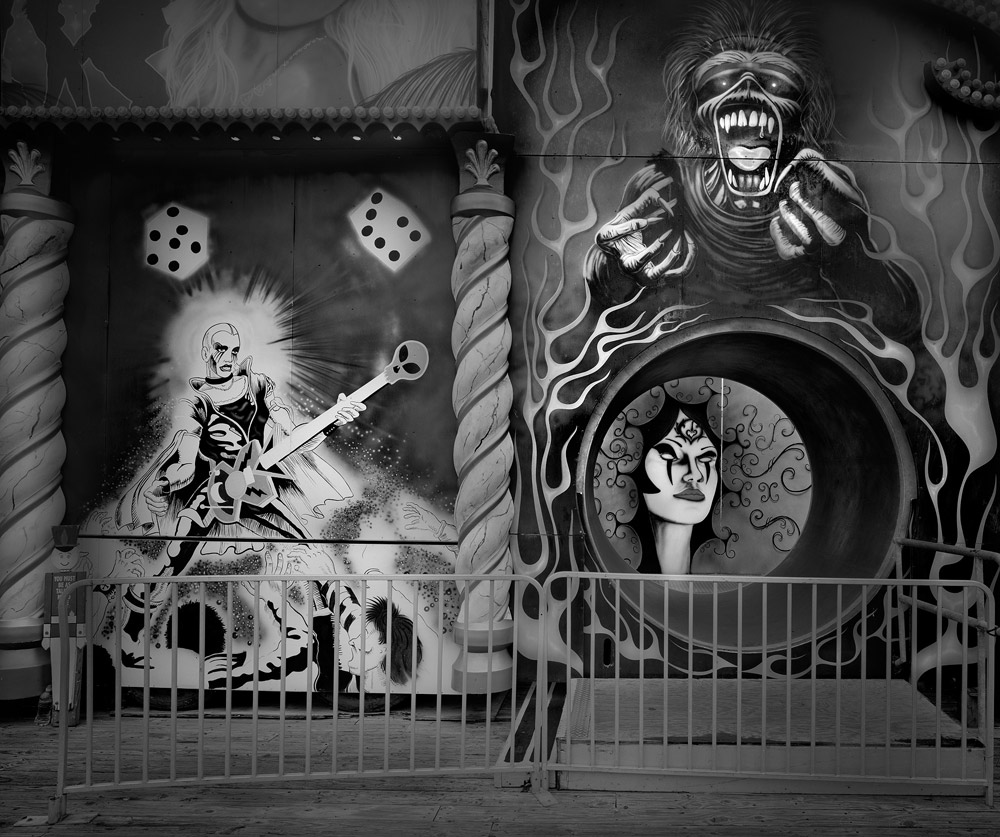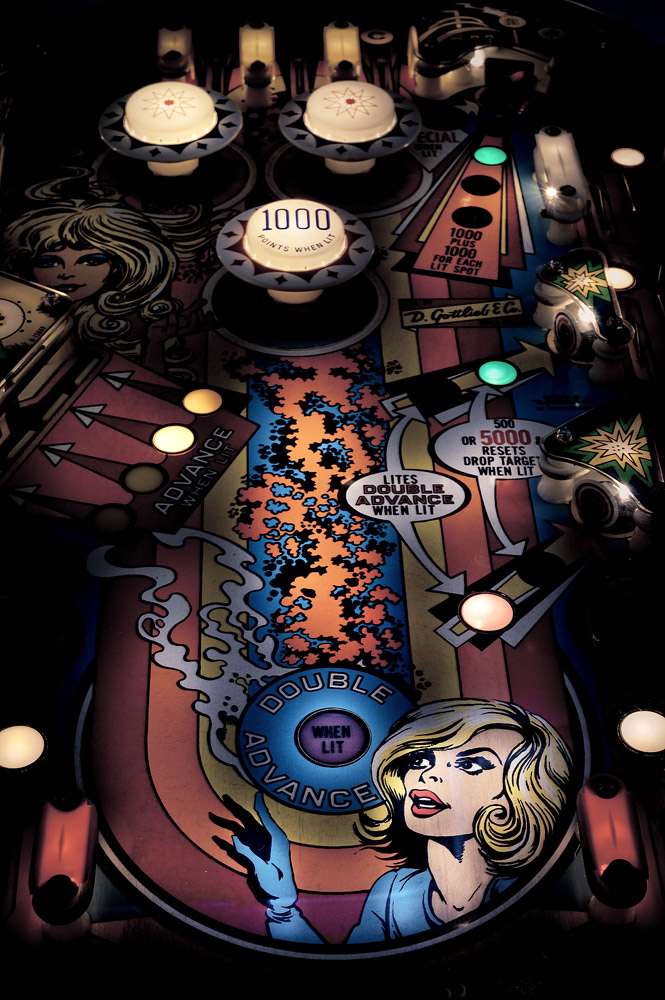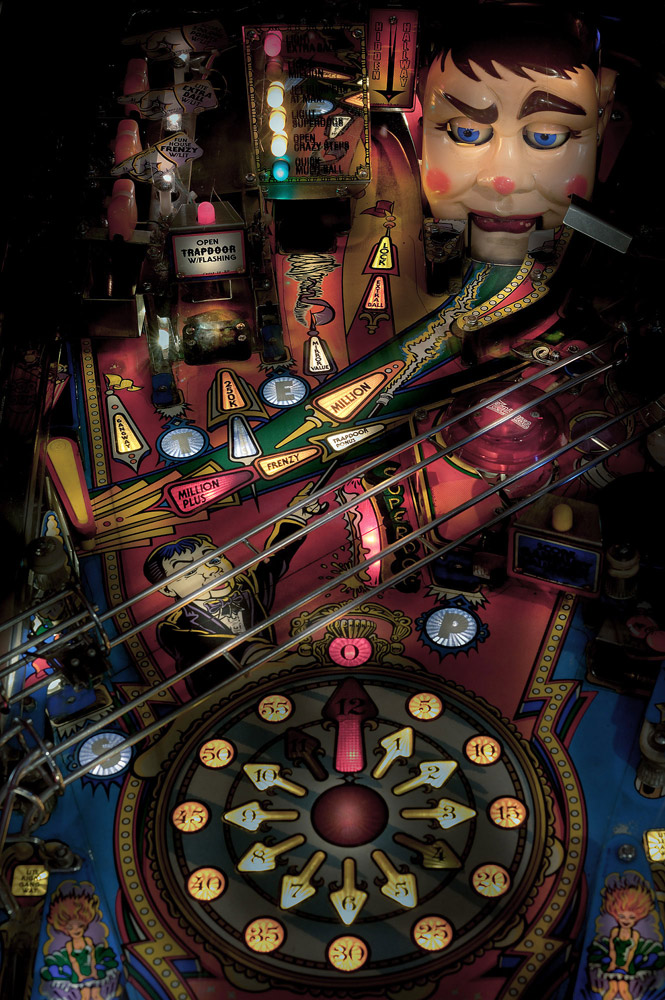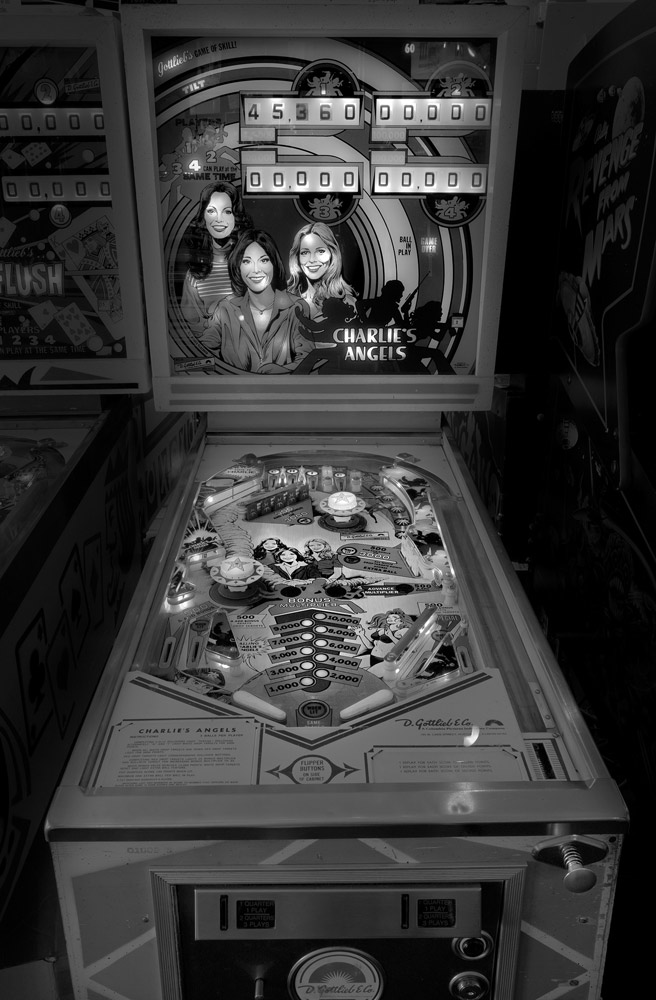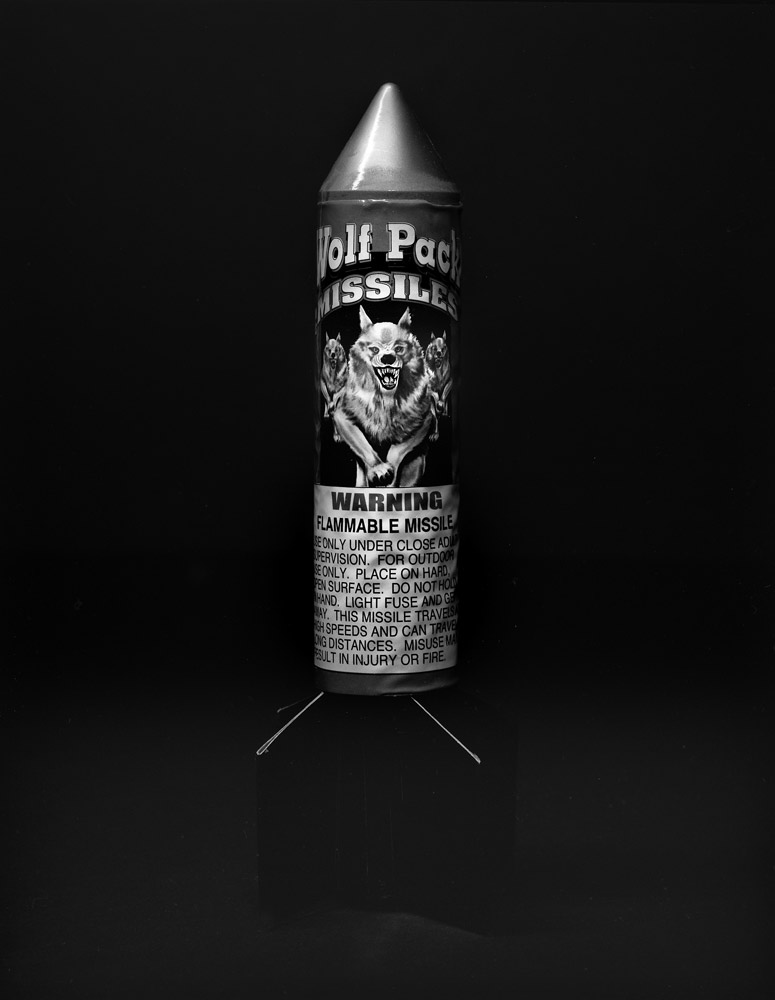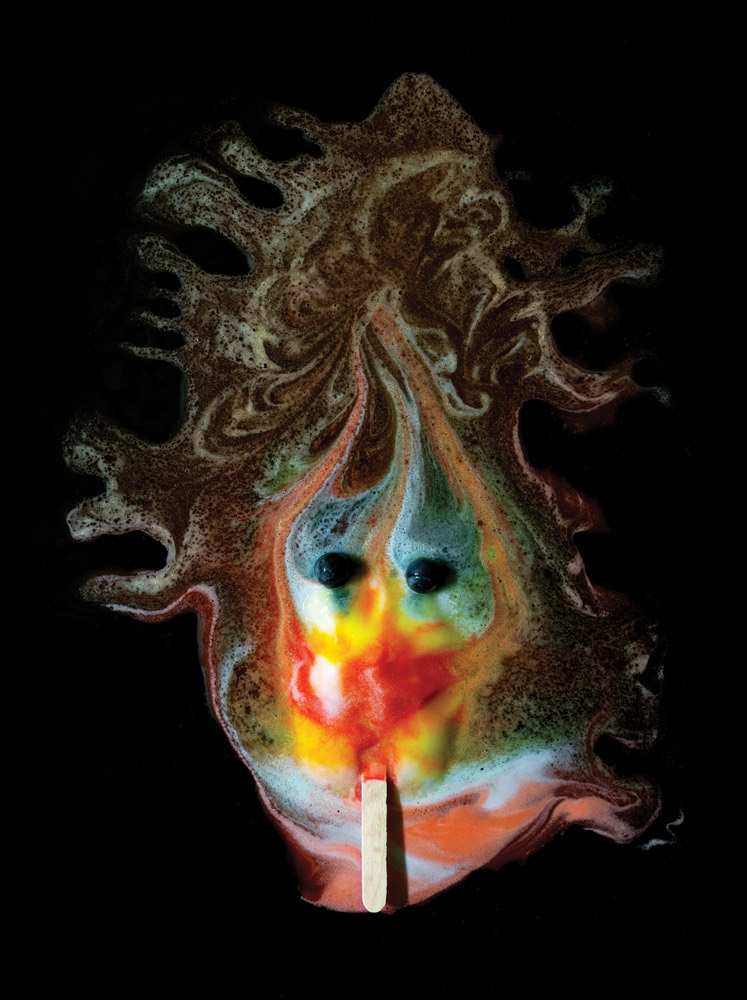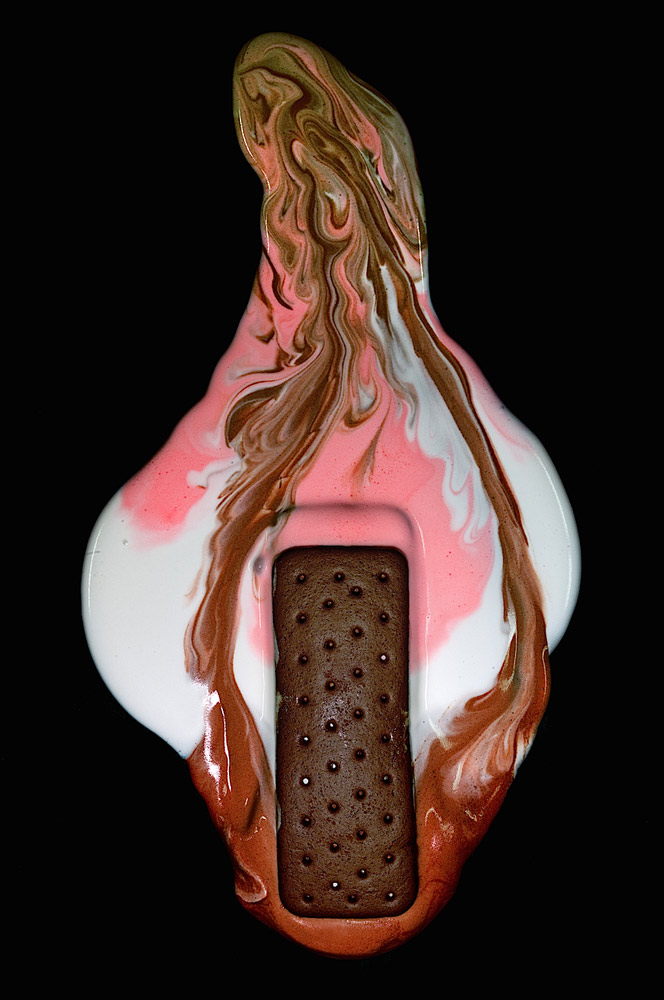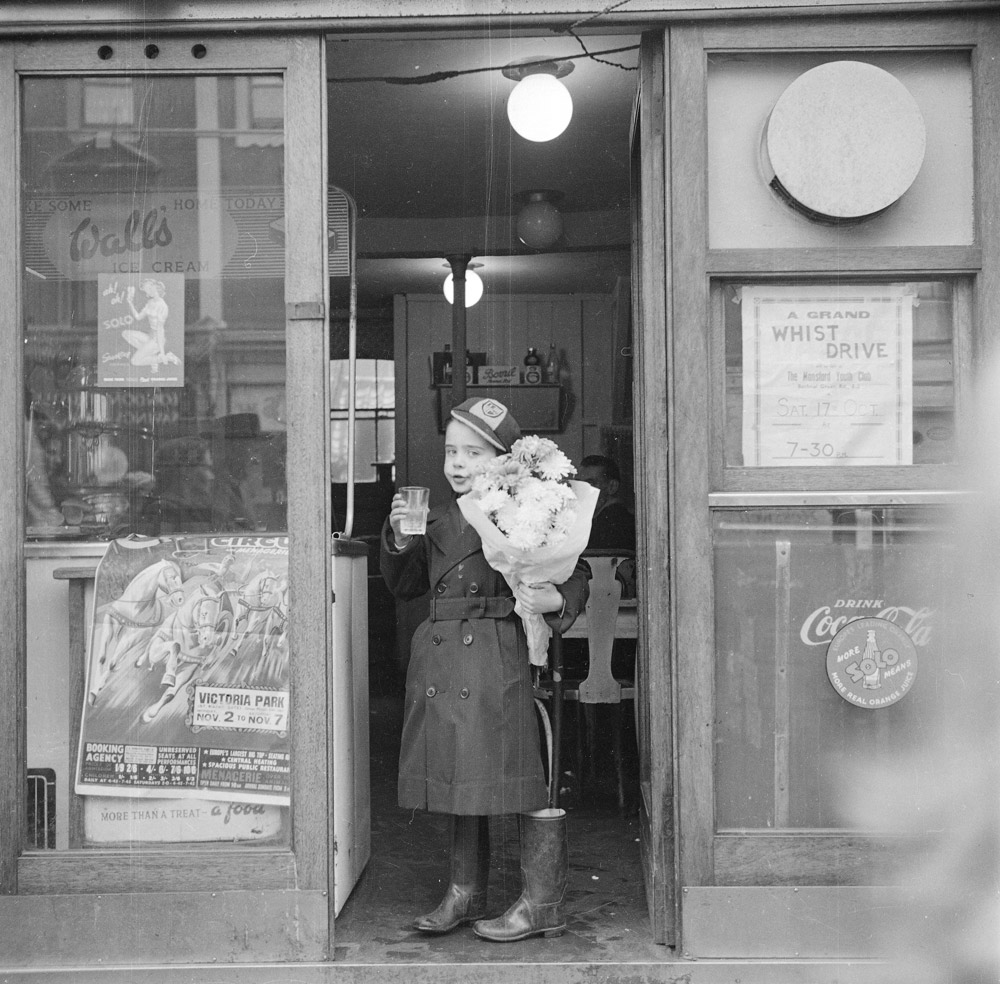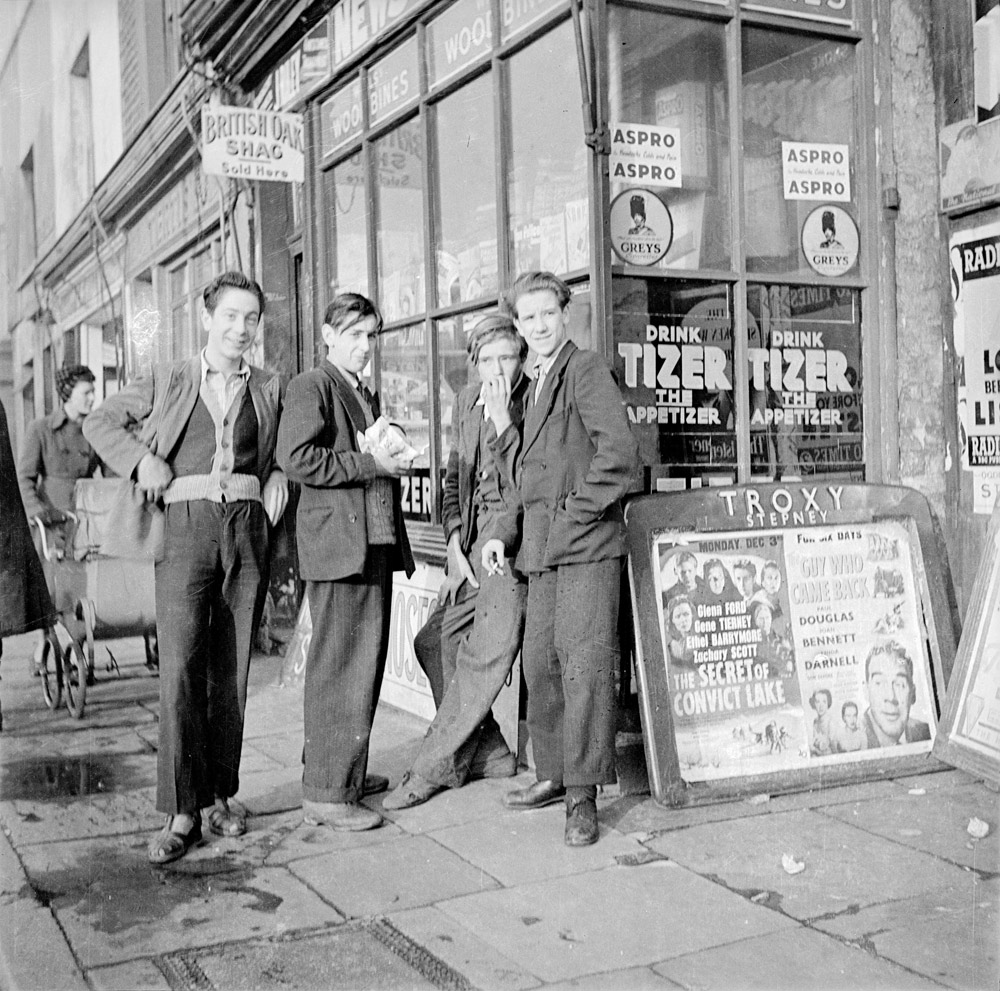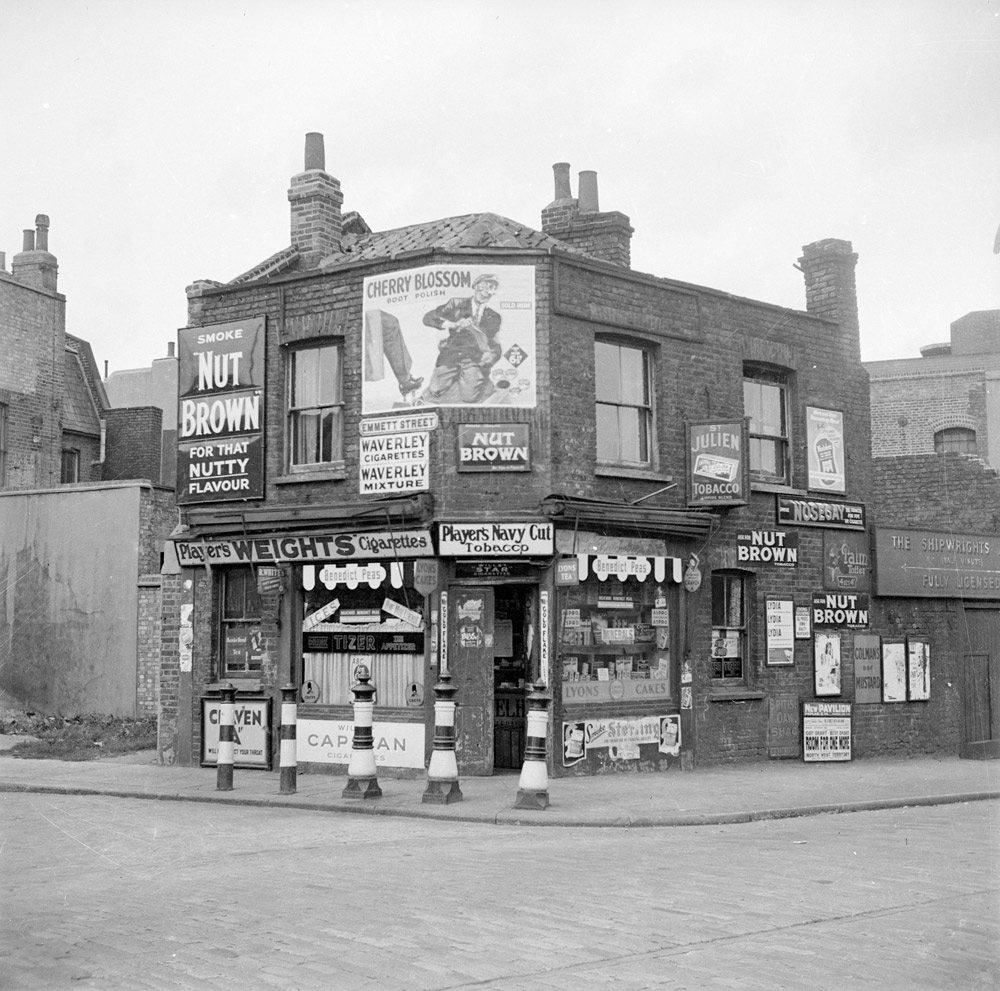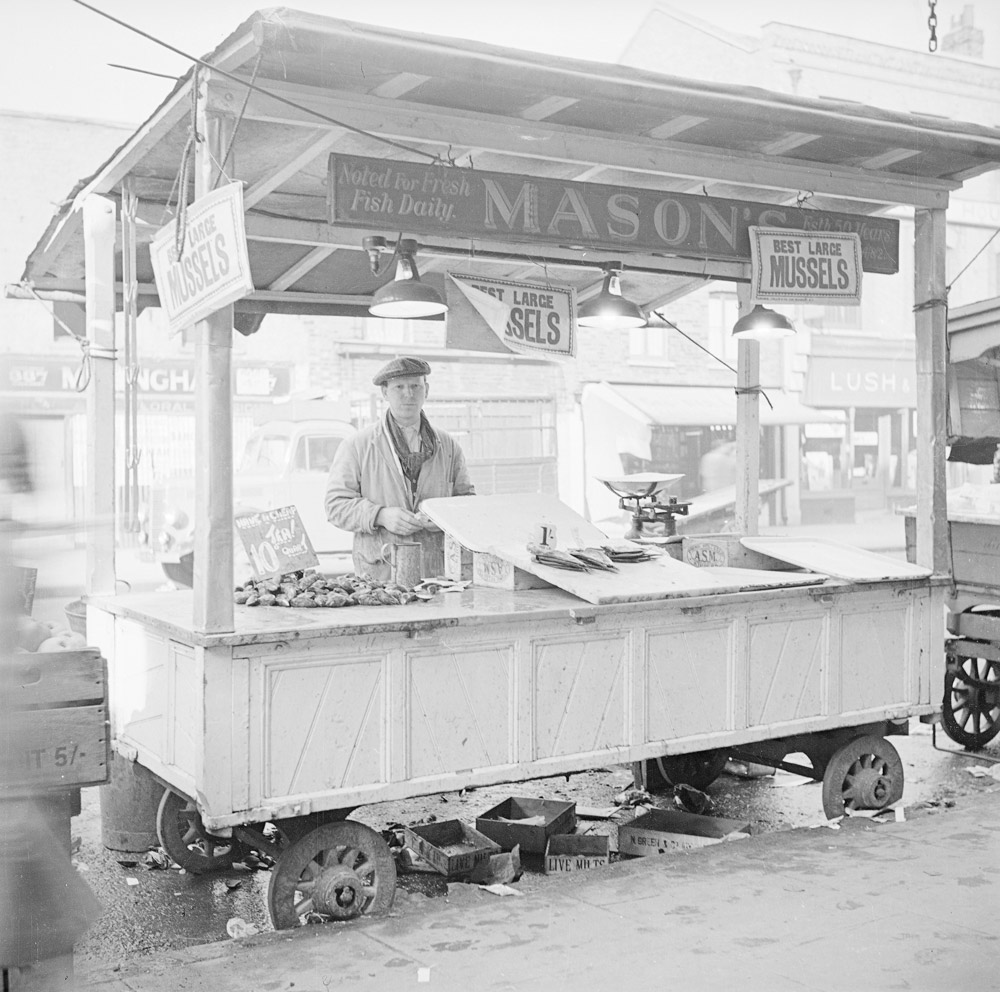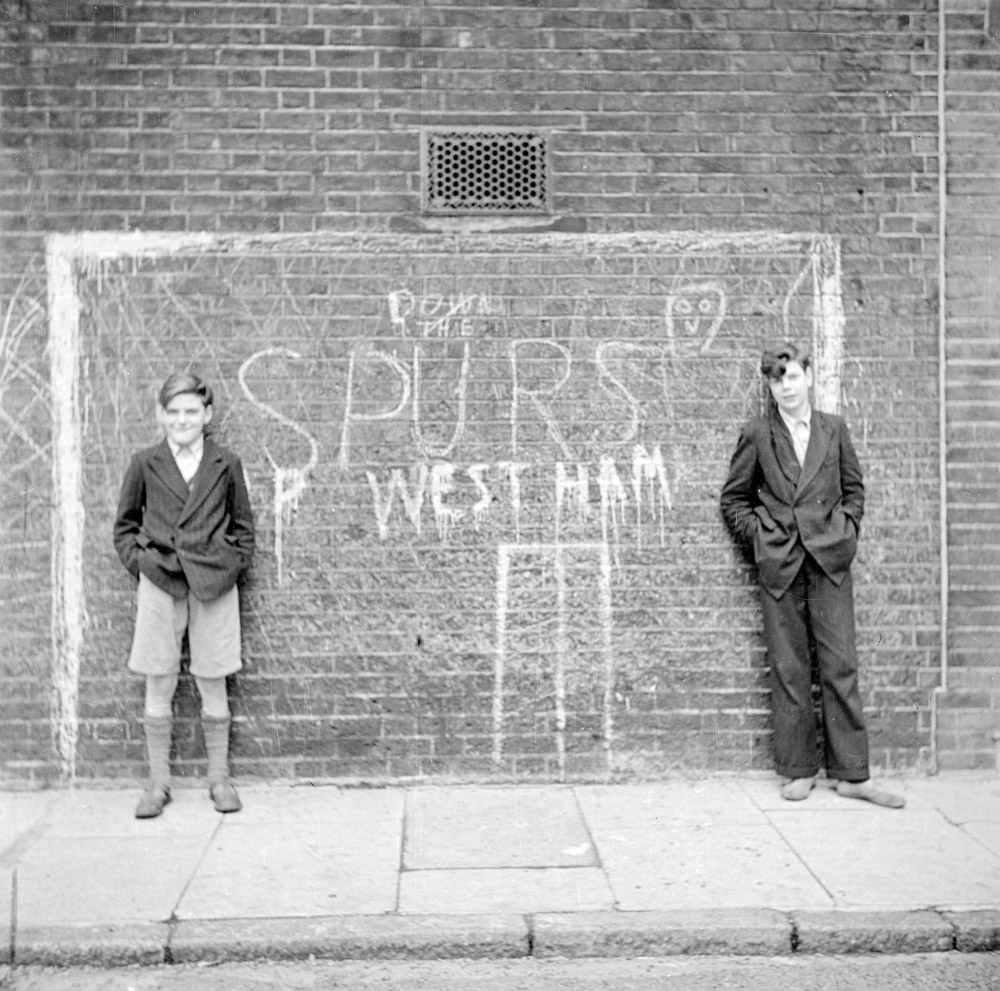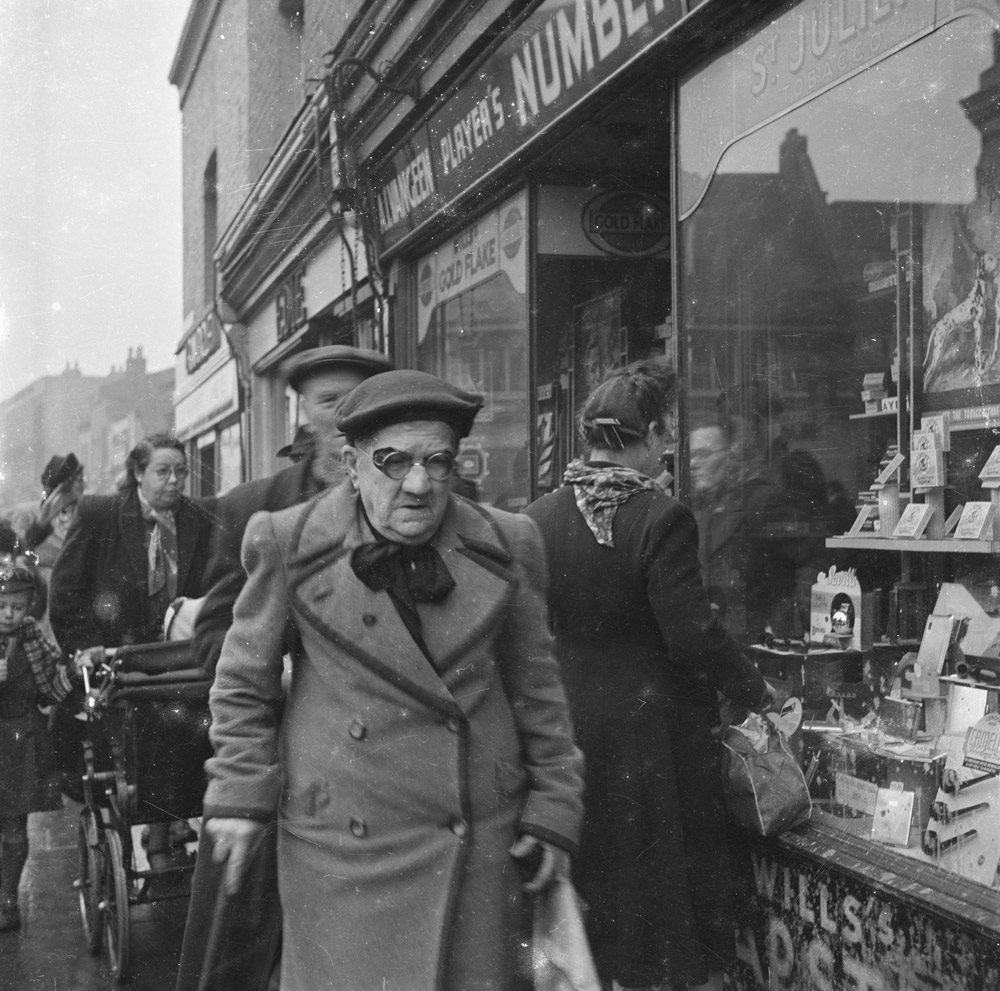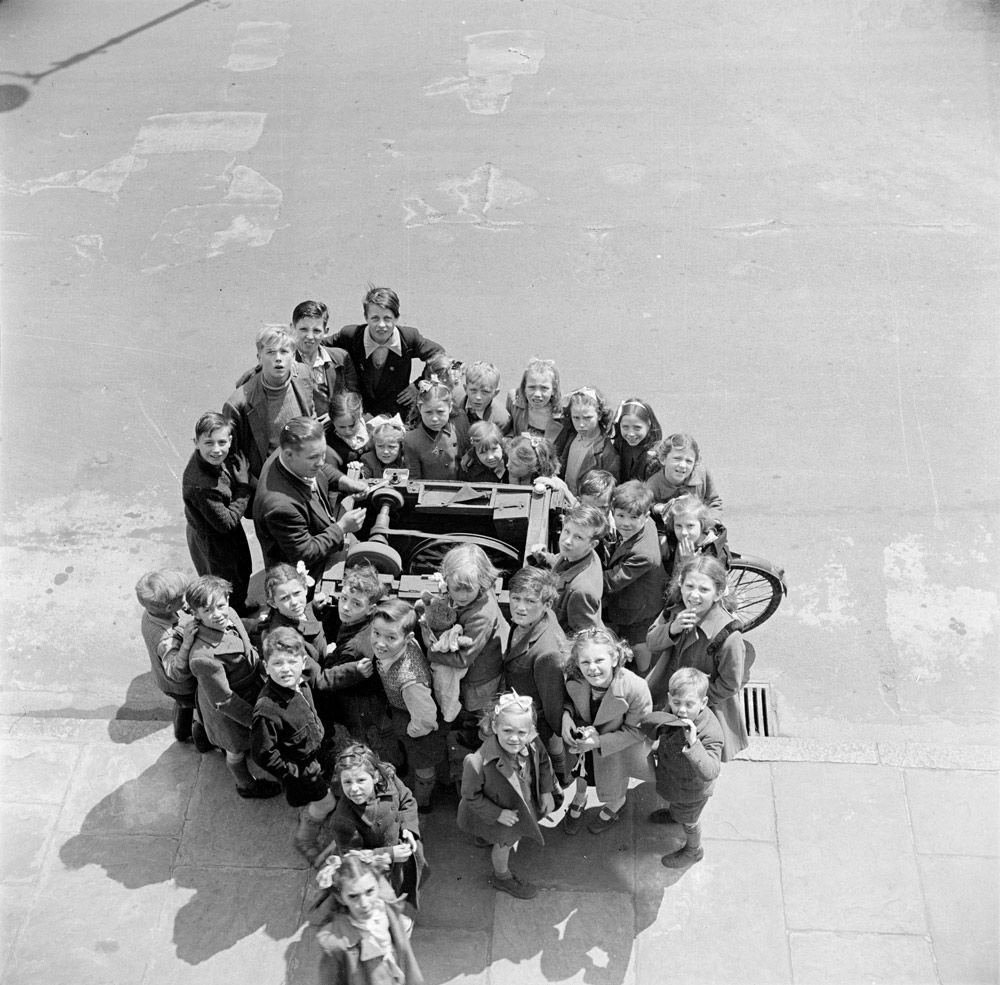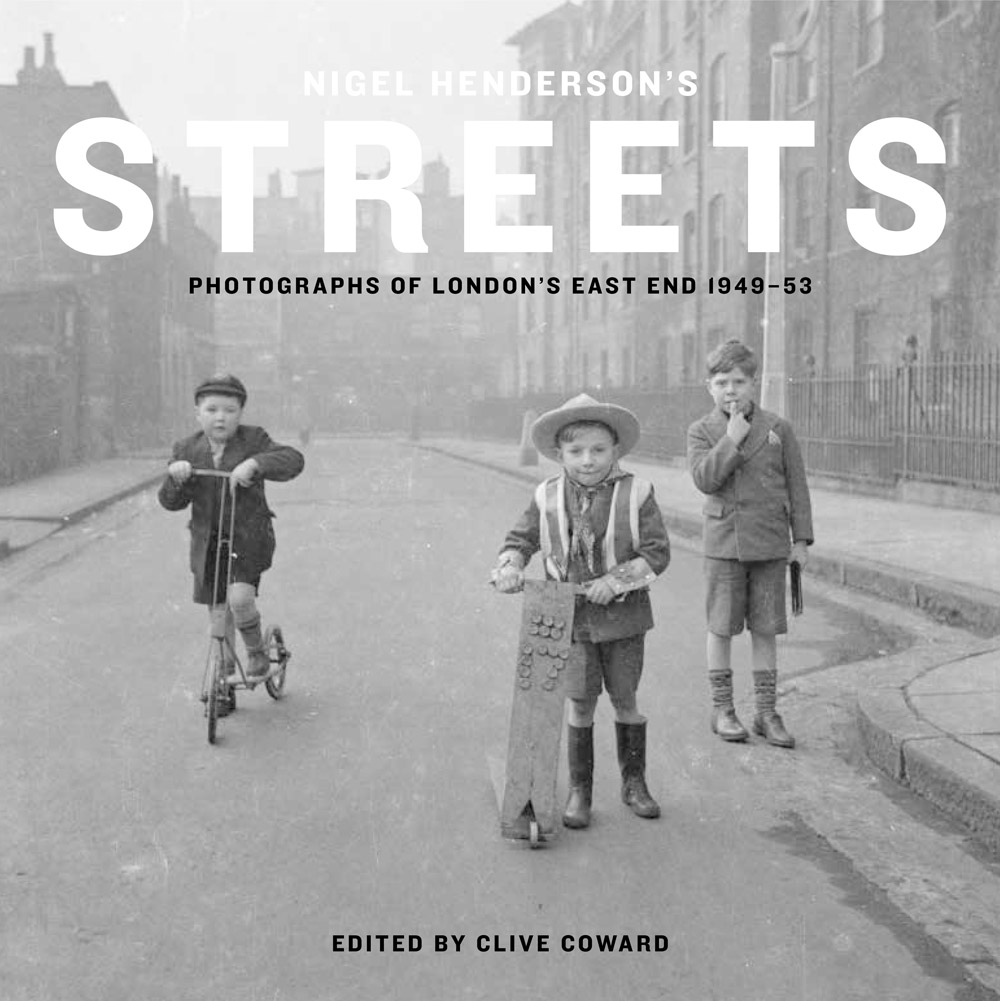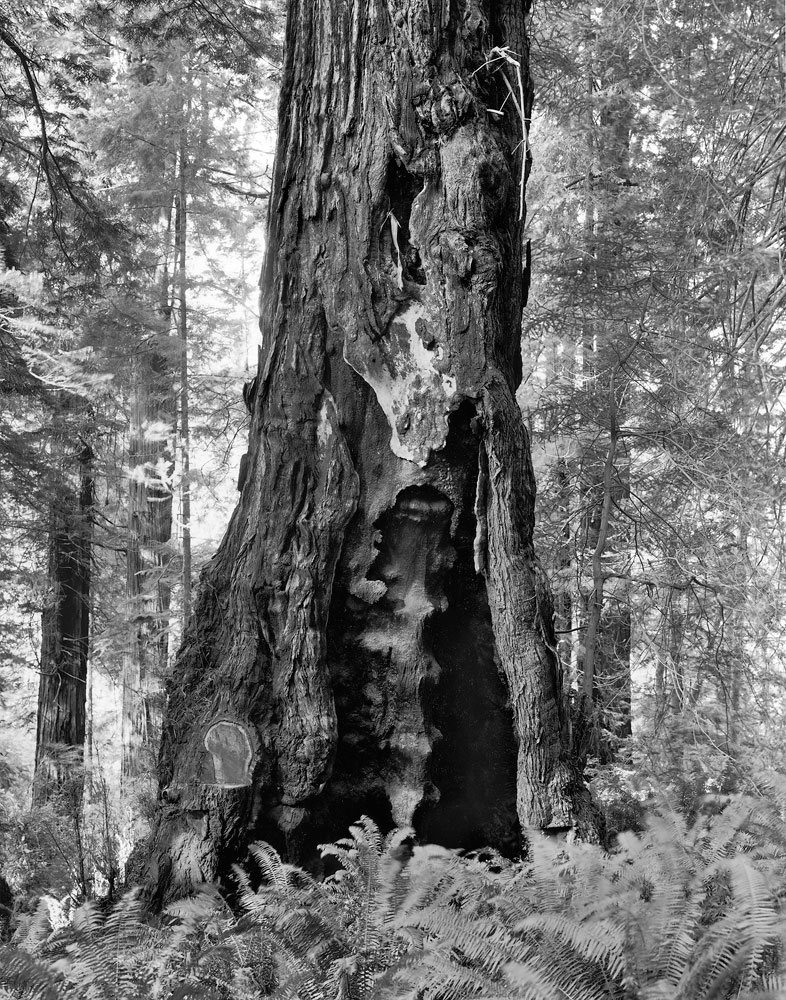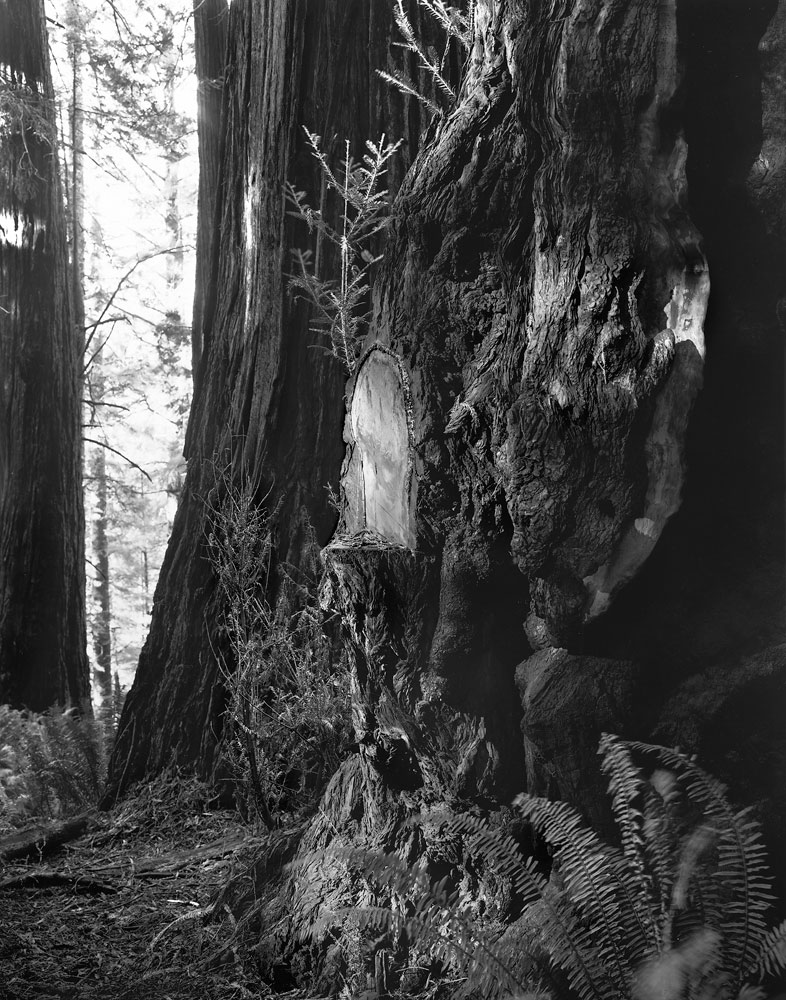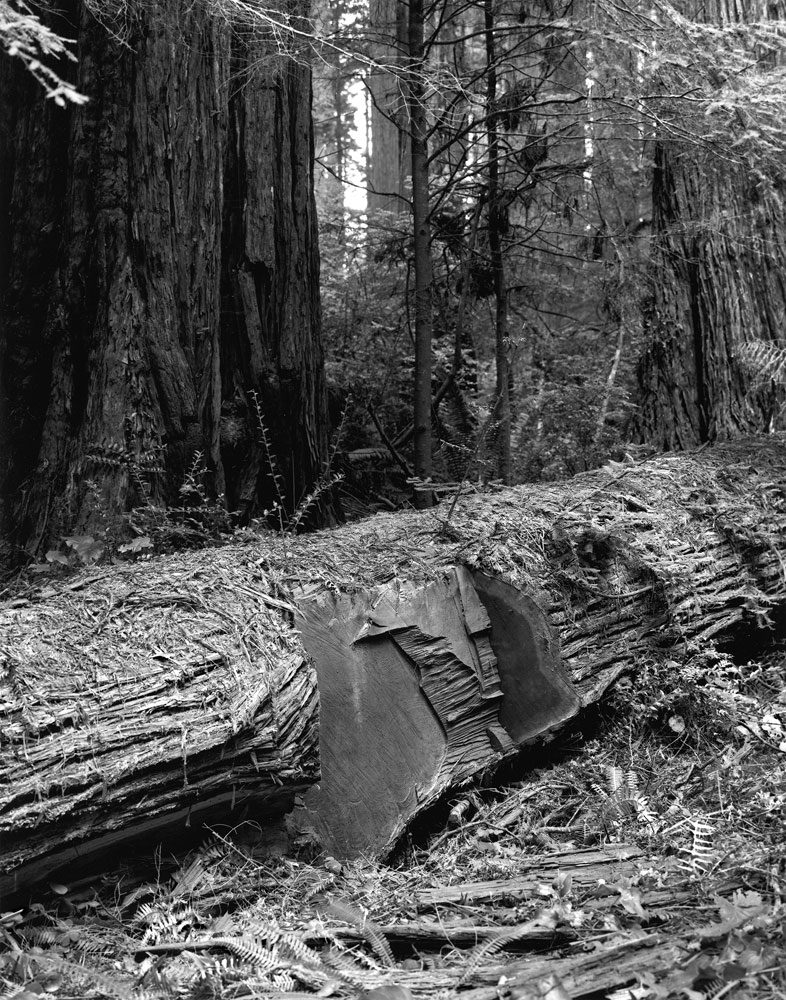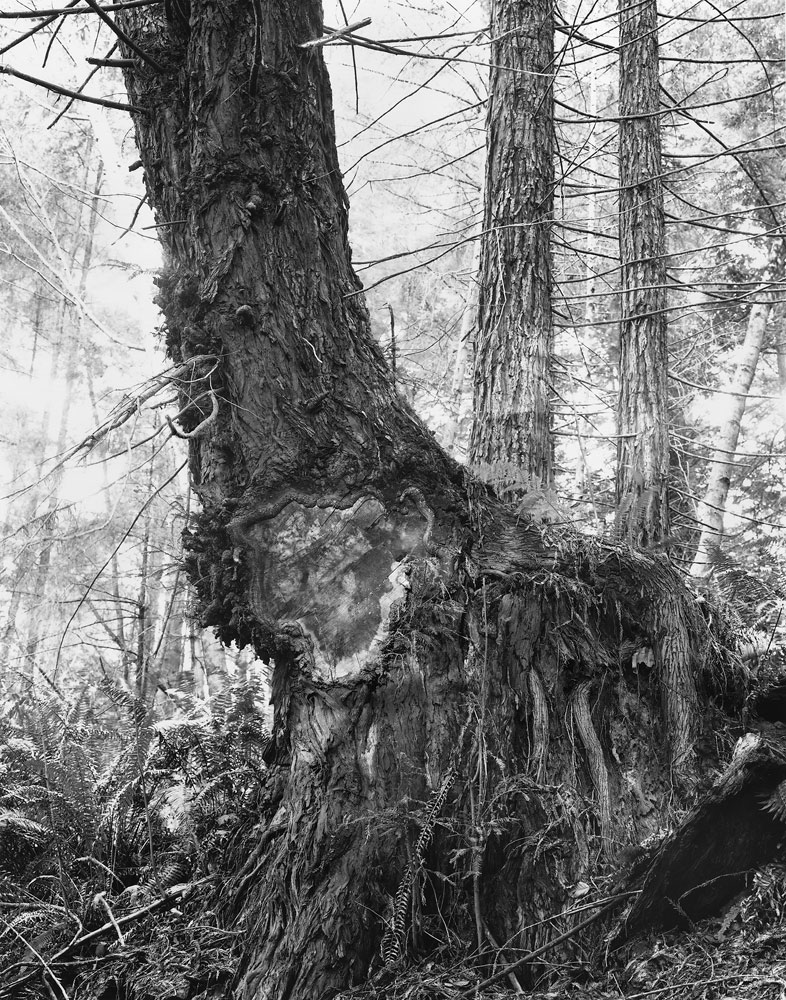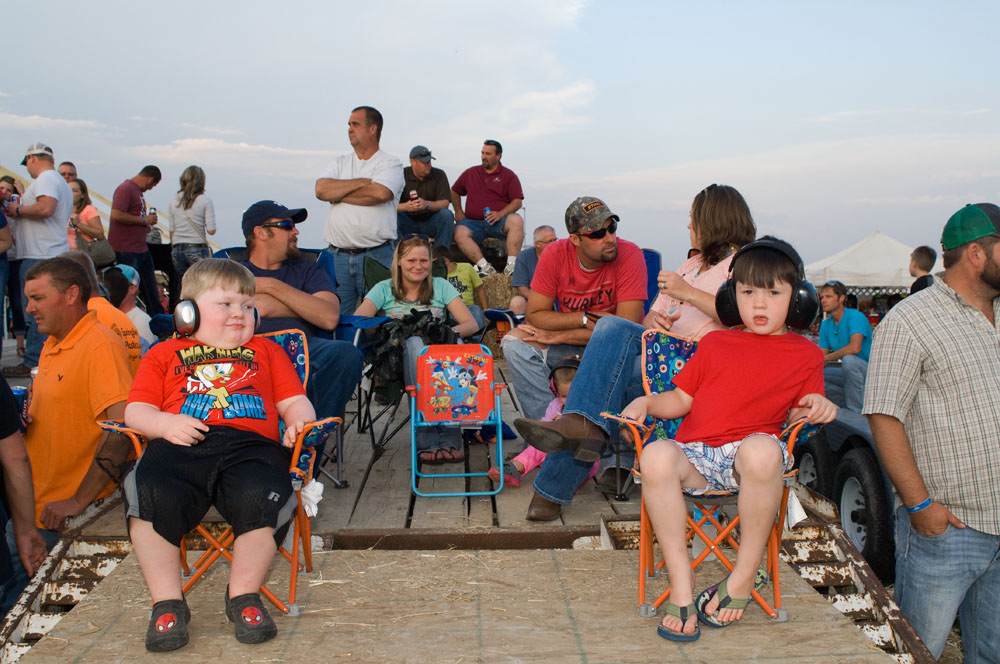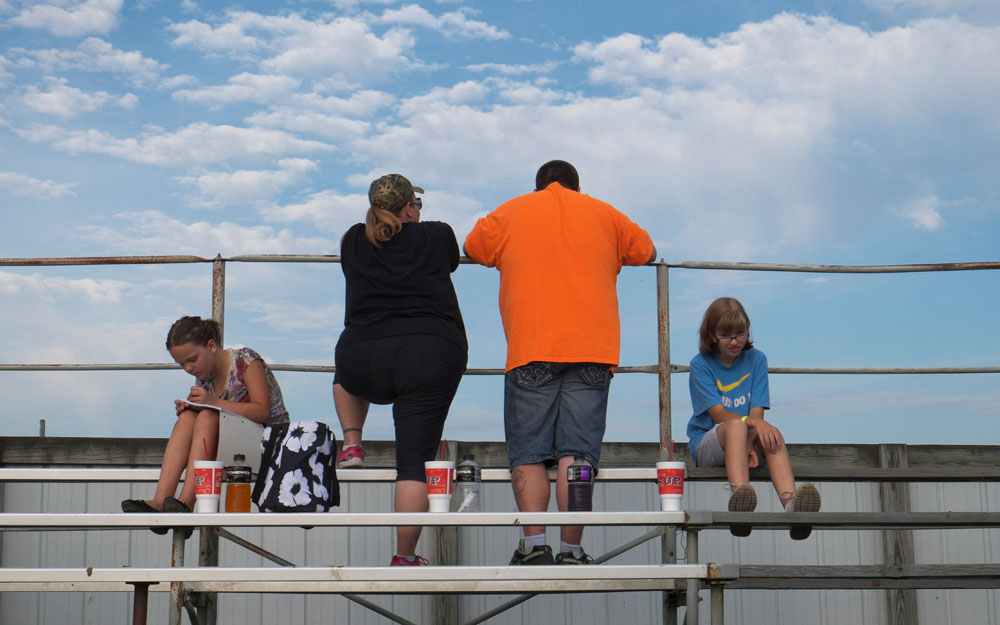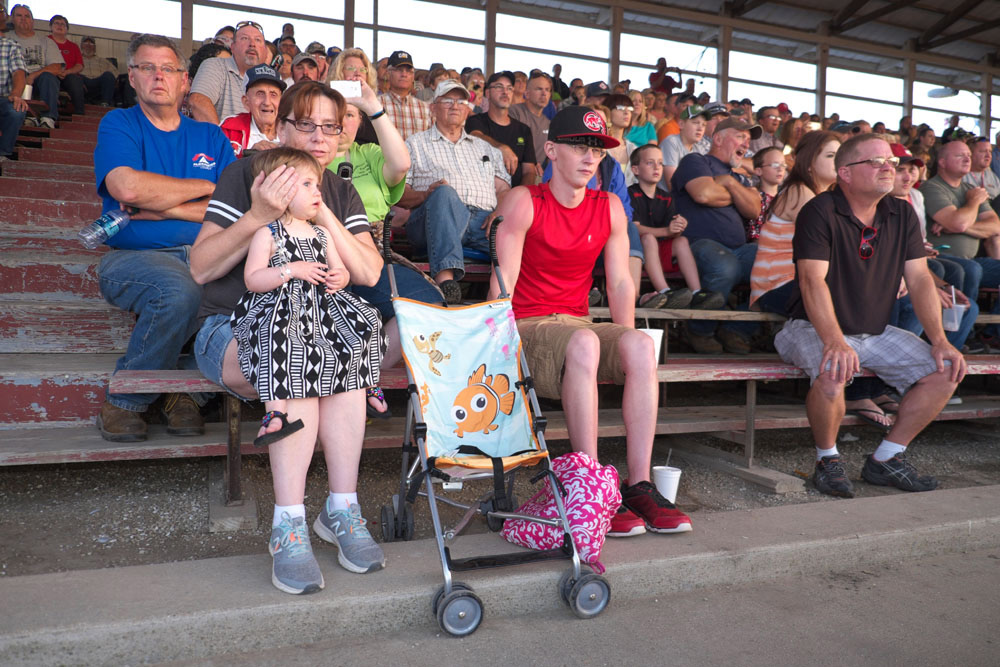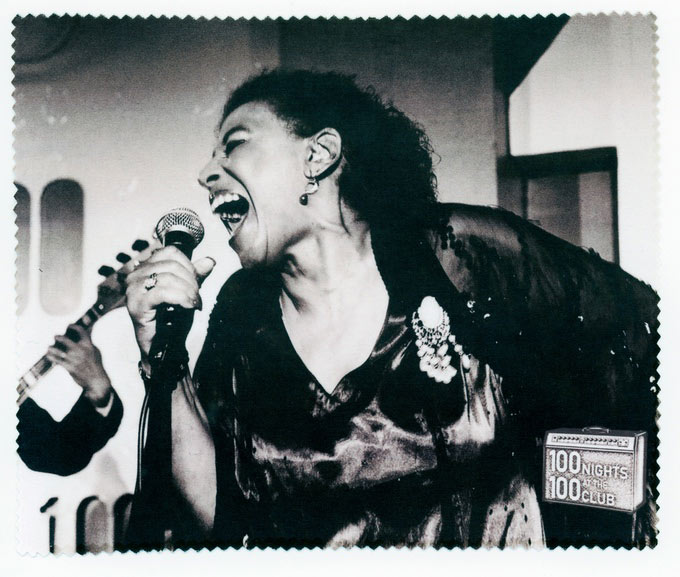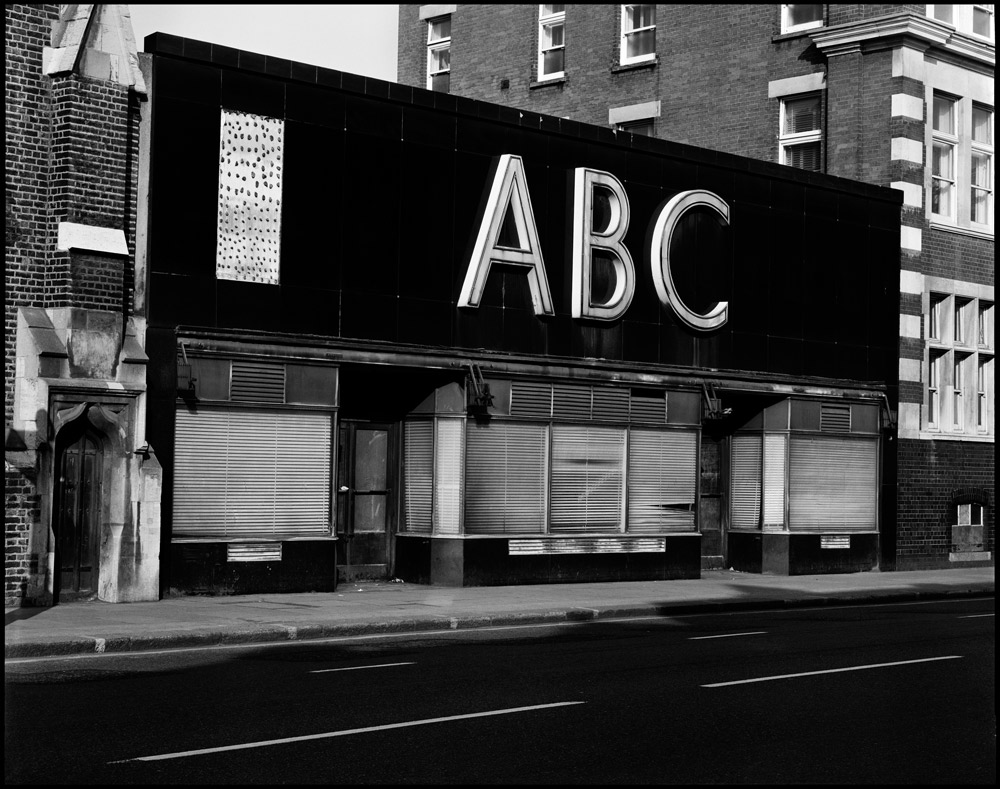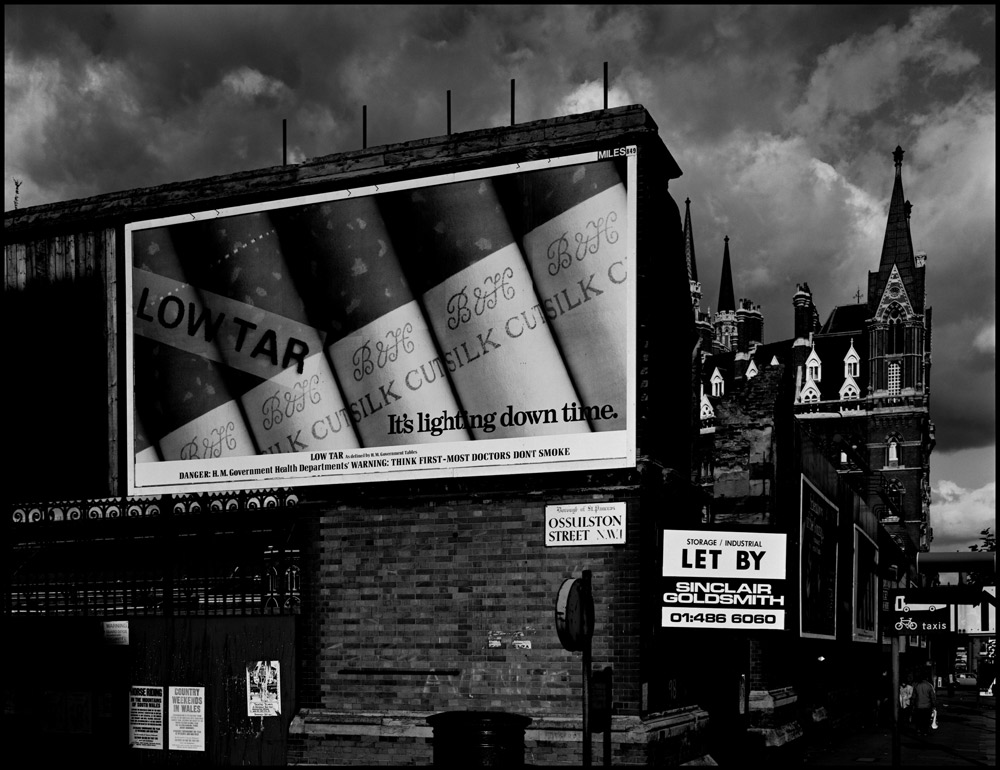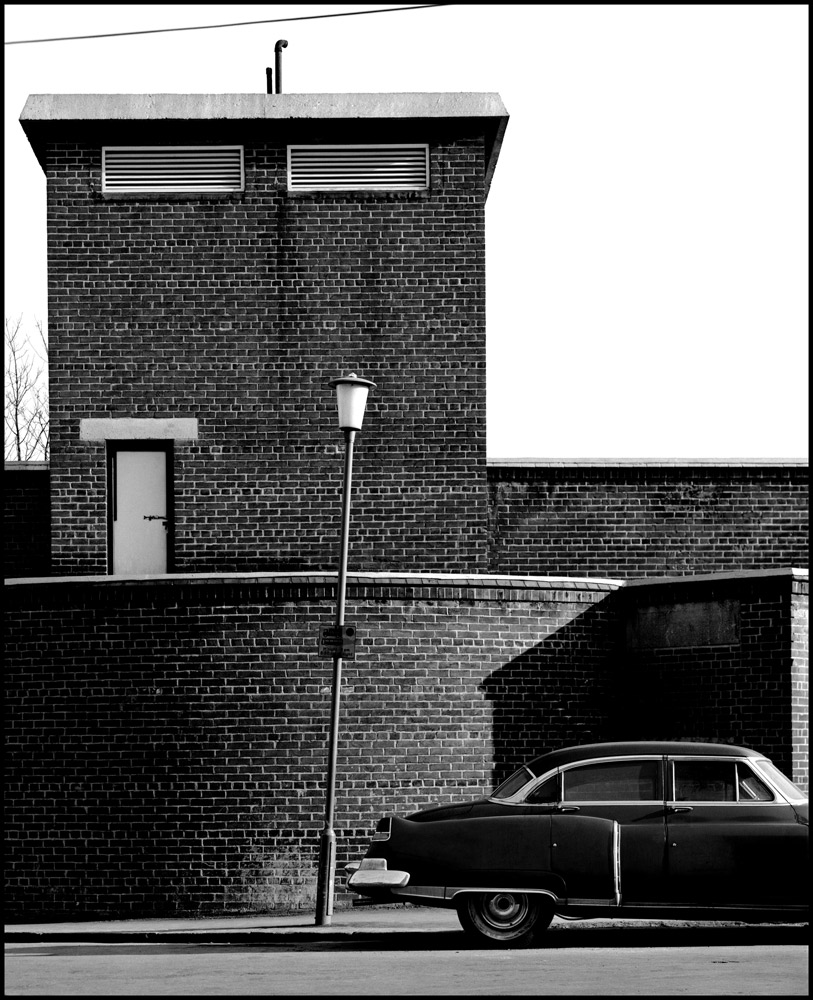Scenes from a Childhood, the debut book by photographer
Michael Massaia, is a collection of images revealing symbols of childhood joy and adventure through the nostalgic longing of adulthood. Massaia's captivatingly beautiful photographs are whimsical while edifying subjects that are disappearing from childhood today.
Scenes from a Childhood includes four of Massaia's photographic series: "Afterlife", documenting vacant amusements of the Jersey Shore and what remained following Hurricane Sandy; "Saudade," portraits of pinball machines at New Jersey's last remaining arcades; "Quiet Now," still lifes with Fourth of July fireworks; and "Transmogrify," abstractions of melting ice cream pops. With each of the series, Massaia asks viewers to recall the magic of our own youth and ponder how it shaped us as adults.
Afterlife: Fun House Entrance
From the book: Watching a young artist develop their style and technique over a period of years can be a fulfilling experience. When the artist is as compelling as Michael Massaia, it becomes a privilege fraught with anticipation. Time stands still when a new portfolio arrives; breath is held, expectations are managed.
The backlit black-framed environment of my online photography magazine, aCurator, coddles Massaia's photographs. I have published at least ten of his portfolios over the last six years. It is only when you are stopped dead in your tracks by one of his particular handmade prints that it becomes clear that although the web loves and has embraced him, it is in his prints that true mastery is witnessed, enough to make your heart sing, and your eyes water.
In his book "The Botany of Desire," (Random House, 2002) American author, journalist, activist, and professor Michael Pollan wrote: "Memory is the enemy of wonder, which abides nowhere else but in the present. This is why, unless you are a child, wonder depends on forgetting - on a process, that is, of subtraction." The photographs in the four portfolios that make up this book re-introduce wonder, re-present the familiar and connect us to feelings and memories of our own childhood.
The subjects of "Saudade," "Quiet Now," and "Afterlife" are devoid of their cacophony, allowing us to experience stillness and imbue them with our own reminiscences, while the wacky, sticky trails of "Transmogrify" take us back to that horrifying moment we experienced in slow motion as a much-craved creamy treat toppled to the floor.
In the more controlled environment Massaia needed to produce the still lifes, instead of managing how the wind and sea affect his long exposures on the shore at night, he had complete control over the elements, but he never takes an easy option. Photograph a pinball machine, all lights and glass? Nigh on impossible. Make a lurid kids' ice cream into a work of art? Unlikely.
Massaia is self-effacing about his incredible artistry, but he knows he must produce. His physical process chases almost impossibly after the vision in his imagination, and he is dedicated to "the importance of creating something from start to finish, by hand" while, as he describes it, "managing failure." He is propelled forwards at all times. He is driven to create, if he does not create he will probably disappear. There is nothing of the current zeitgeist about his photographs. Indeed, contrary to the ubiquitousness of digital imagery, because of his fine practices his costs steadily increase and availability of materials diminishes. Compared with volumes of trivial disposable snaps, many of which reach pointlessly towards nostalgia, it's almost impossible to conceive the lengths to which he goes to achieve such superb results. - Julie Grahame, November, 2016.
Saudade: Gottlieb's "Centigrade"
Saudade: Williams' "Fun House"
Saudade: Gottlieb's "Charlie's Angels"
Saudade: Gotllieb's "Slick Chick"

Quiet Now: Beer Can & Bottle Rocket
Quiet Now: Wolfpack Missile
Transmogrify: SpongeBob
Transmogrify: Neapolitan Bar. All images © Michael Massaia
